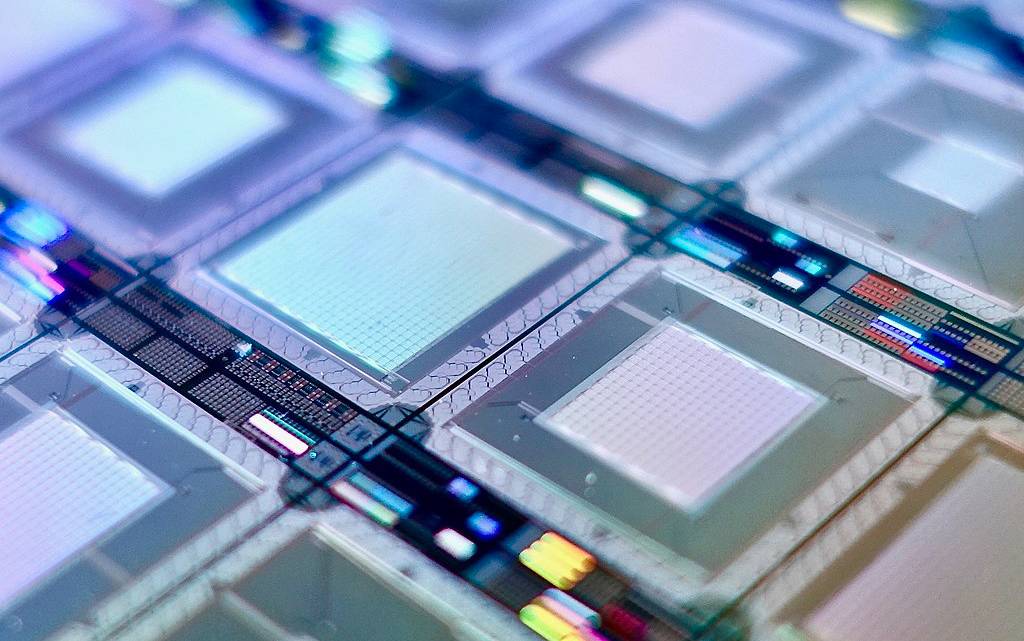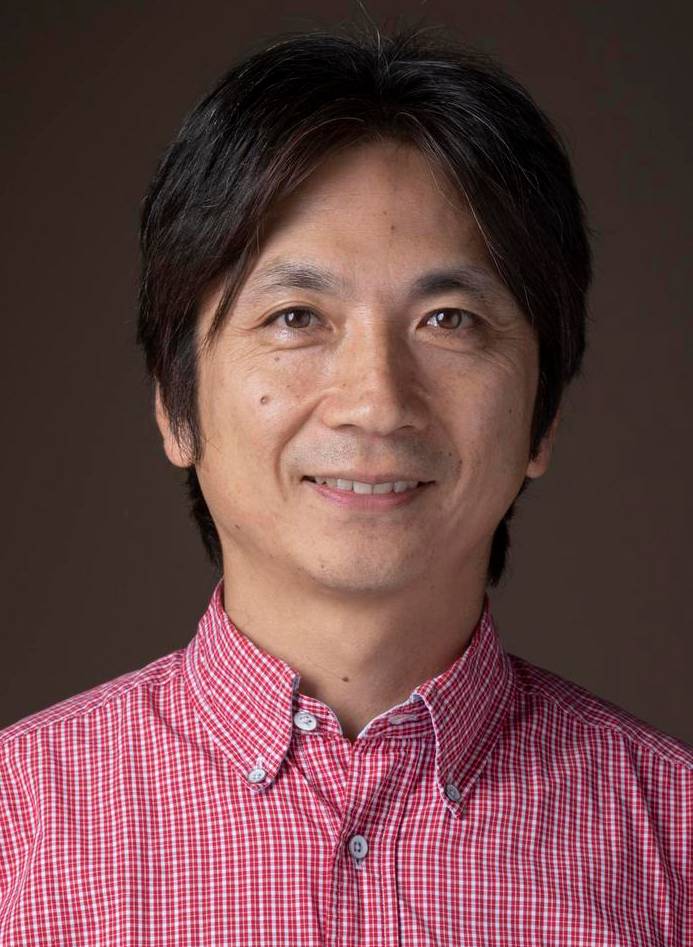Jayme Blaschke | February 11, 2021

Yoichi Miyahara, an assistant professor in the Department of Physics at Texas State University, has been awarded the National Science Foundation's (NSF) Faculty Early Career Development Program (CAREER) grant.
The five-year, $500,000 award, which will support Miyahara's research, "Characterization of quantum dot qubits by scannable mechanical resonator," is funded by the NSF’s Condensed Matter Physics (CMP) program in the Division of Materials Research. The CMP program supports experimental, as well as combined experiment and theory projects investigating the fundamental physics behind phenomena exhibited by condensed matter systems.
The CAREER program offers the NSF’s most prestigious awards in support of junior faculty who exemplify the role of teacher-scholars through outstanding research, excellent education and the integration of education and research.
Quantum computing research currently utilizes superconducting quantum bits, or qubits, but another type of quantum bit, known as quantum dot qubits, can be made utilizing the same technology used to make common microelectric devices such as microprocessors. This second type of qubit holds much potential but is not as well developed as those used in the present quantum computers. Miyahara's research will potentially open up a host of new materials for use in quantum computing and other applications.

"My research is focused on measuring quantum dot qubits. Quantum information is encoded in electron spin, but electron spin is a very difficult to measure," Miyahara said. "Electron spin information is converted to an electric charge, and electric charges are much easier to measure, but it's still not easy because we're talking about a very tiny amount of charge.
"In the old days, electric charge was measure by mechanical sensors, because an electric charge produces an electric field. My research is an extension of this old technology of measuring an electrical force by mechanical means," he said. "I've worked on measuring this very weak electric force produced by a single electron using tiny mechanical resonators that oscillate. I want to apply this technique to measure quantum dots qubits, measuring the electron charge."
Once developed, the technique will enable a wide range of nanomaterials to be studied as potential qubit candidates. These new types of qubits have higher electron confinement energy and tolerate higher operating temperatures than superconducting qubits. Such qubits could be used to build more practical and robust quantum computers.
These more "standalone" qubits could also be applied to pave the way for quantum-enabled sensing, such as electric or magnetic field sensors with extremely high sensitivity. The experimental approach to be established in this project can also be used to investigate coherent charge transfer between molecules as well as within a molecule, which is of great importance in organic electronics, molecular electronics and biochemistry.
"Mechanical resonators are already used for various applications. What I'm doing is taking a very small mechanical resonator—the size is only 100 micrometers—and vibrating it at the mechanical resonance frequency, like a tuning fork," Miyahara said. "It has a very well-defined resonance frequency and if you apply a weak electric force to that oscillating resonator, its mechanical resonance frequency is affected and changes.
"The resonator is only affected a tiny amount, but that's still enough to measure," he said.
For more information, visit www.nsf.gov/awardsearch/showAward?AWD_ID=2044920.
Share this article
For more information, contact University Communications:Jayme Blaschke, 512-245-2555 Sandy Pantlik, 512-245-2922 |
